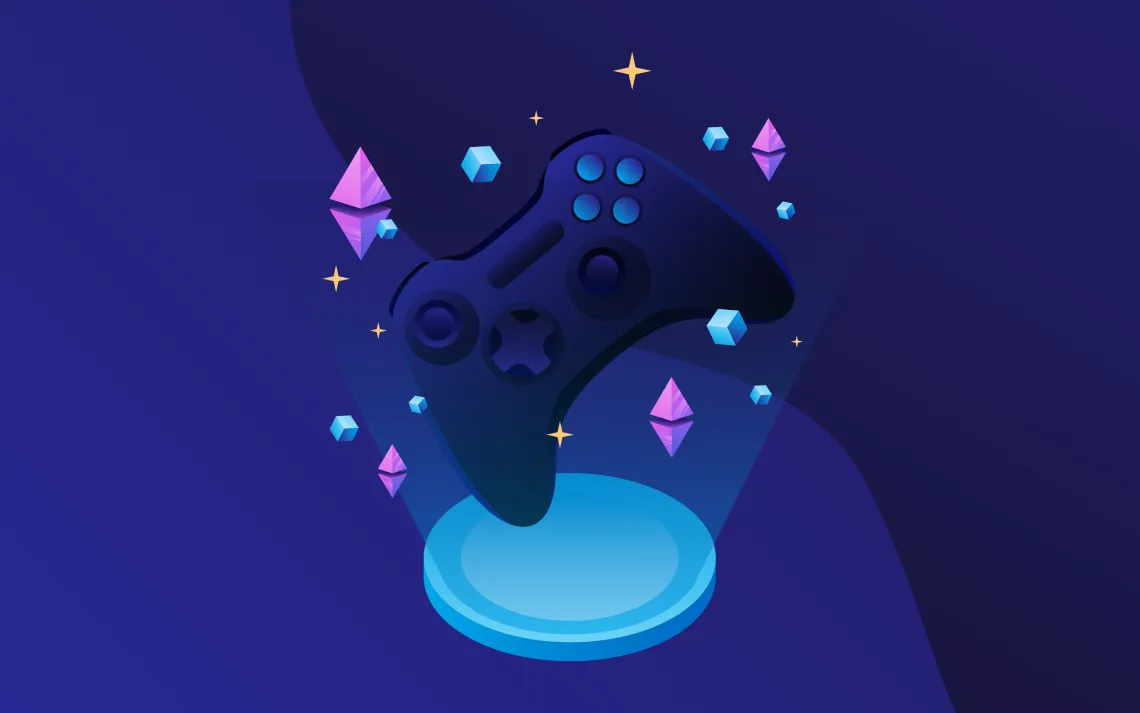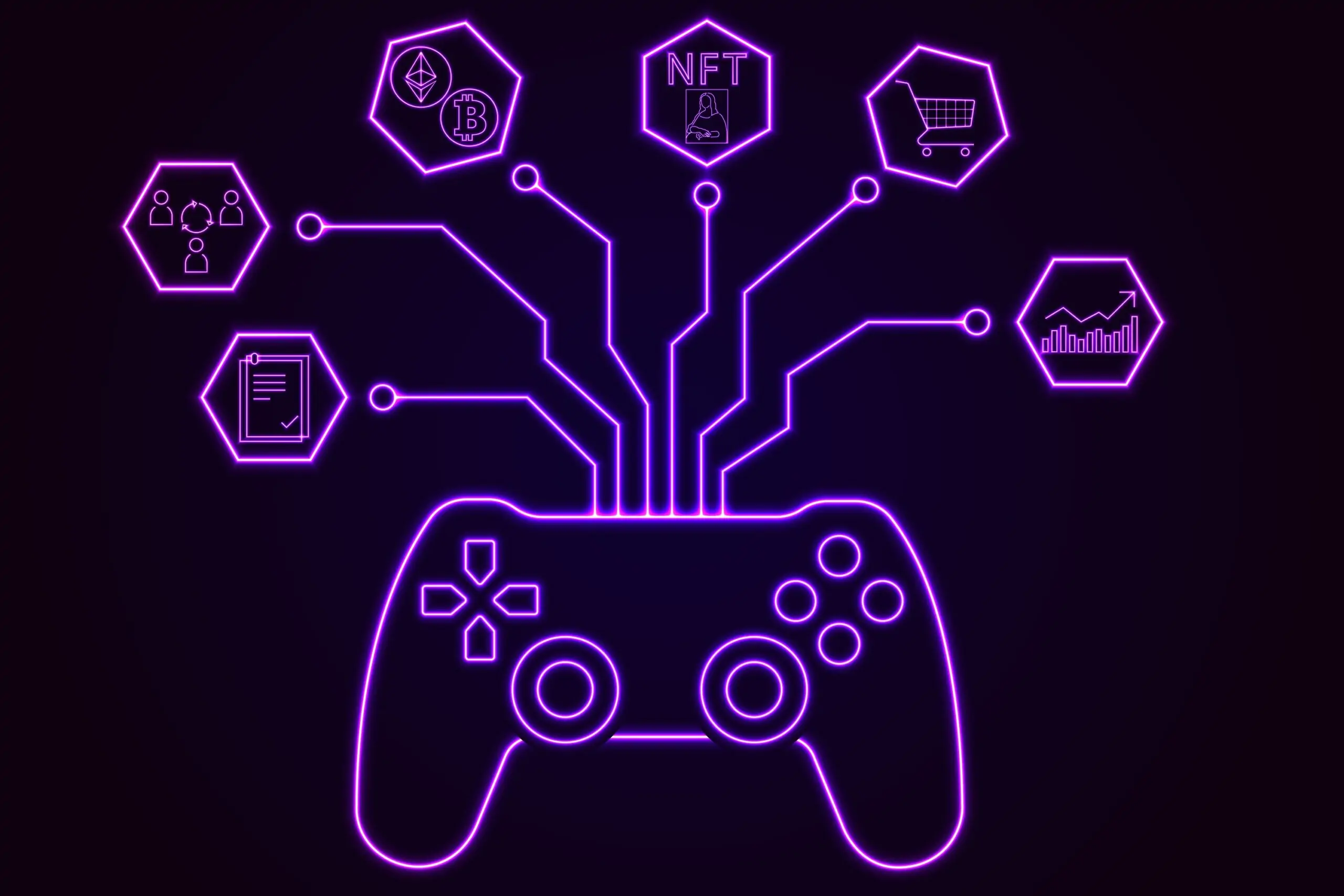In the ever-evolving landscape of digital entertainment, a rising phenomenon takes center stage – blockchain games. Defined as those leveraging blockchain technology, these games seek to reshape the dynamics between players and creators, emphasizing fairness and transparency. This article will navigate through the fundamental aspects, advantages, challenges, and emerging solutions within the realm of blockchain games.

What Are Blockchain Games?
Blockchain games refer to any games that utilize blockchain technology to either enhance or completely overhaul traditional video game structures.
The inherent compatibility between video games and web3 becomes evident due to their shared digital nature, use of digital items and currencies, and the incorporation of gamification elements. It's crucial to note that web3 itself is not a game; rather, games can be developed on its foundation.
Currently, most in-game items and currencies are not in the form of tokens, although they have the potential to be. Exploring how blockchain technology can elevate the gaming experience is essential.
The primary objective of blockchain games, regardless of their genre, is to revolutionize the dynamics between players and game creators, fostering a fairer and more transparent relationship. The incorporation of blockchain technology into video games can vary in its extent and application.
How Does Blockchain Gaming Work?
To grasp the workings of blockchain gaming and appreciate the advantages it offers, it's insightful to explore the innovative tools at the disposal of gaming developers. Notably, these tools include wallets, smart contracts, and blockchain tokens.
Wallets play a pivotal role in the ecosystem, serving as digital wallets that enable players to securely store, manage, and transact various blockchain-based assets within the gaming environment. These assets can range from in-game currencies to unique digital items.
Smart contracts, another integral component, are self-executing contracts with the terms of the agreement directly written into code. In blockchain gaming, smart contracts automate and enforce the rules of the game, ensuring transparent and trustless interactions between players. They contribute to the creation of decentralized and fair gaming environments.
Blockchain tokens, on the other hand, represent digital assets on the blockchain. In the context of blockchain gaming, these tokens can represent in-game assets such as characters, weapons, or virtual real estate. These tokens are often stored in wallets and can be traded or utilized across different games that support the same blockchain standards.
By leveraging these tools, blockchain gaming introduces a new paradigm where ownership of in-game assets is recorded on the blockchain, providing players with true ownership and the ability to transfer or trade assets seamlessly. This transparency, security, and interoperability contribute to the distinctive benefits of blockchain games.
Limitations to Blockchain Gaming?
(1) Barriers to Entry
In the past, blockchain games faced challenges in providing satisfactory player experiences in comparison to traditional games, mainly because of the early stage of development in the underlying blockchain infrastructure. Players frequently had to navigate the process of establishing a third-party wallet and funding it with an ample amount of network tokens solely to initiate gameplay, as transaction fees were involved.
Additionally, any in-game activity involving transactions mandated players to individually sign these transactions, presenting a significant obstacle that disrupted the immersive gaming experience and introduced minor yet impactful hindrances to achieving a smooth user interface.
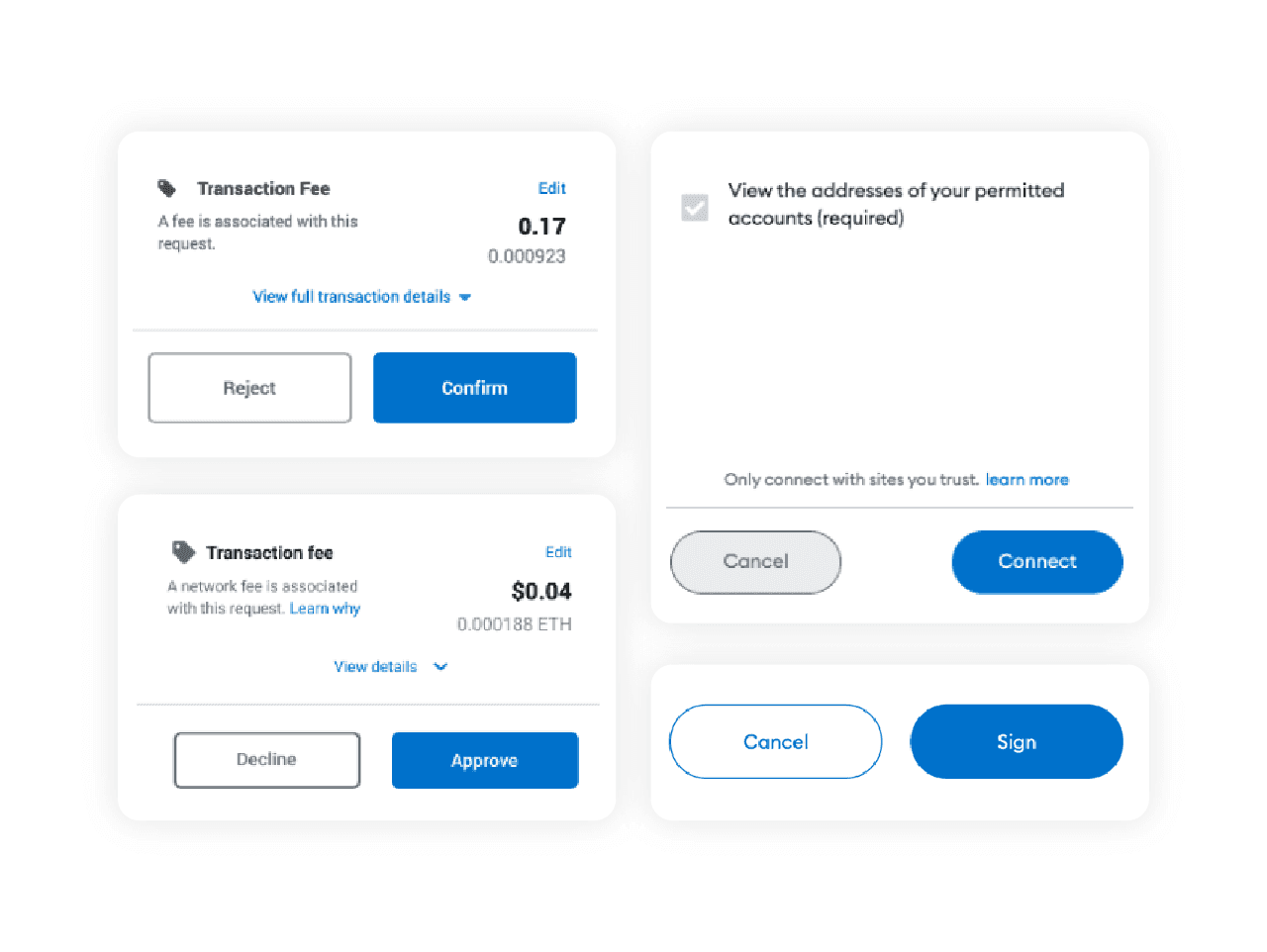
(2) Scalability and Game Lag
The ultimate objective is to transition blockchain games into a fully on-chain model using smart contracts. However, the current limitations in blockchain scalability pose significant hurdles in adopting this approach. Building a blockchain game exclusively through smart contracts is challenging due to the computational and latency demands inherent in video games, which existing blockchains struggle to meet. Attempting to develop a computation-intensive blockchain game entirely on the current blockchain infrastructure would likely result in gamers encountering game lag, a highly frustrating issue for players.
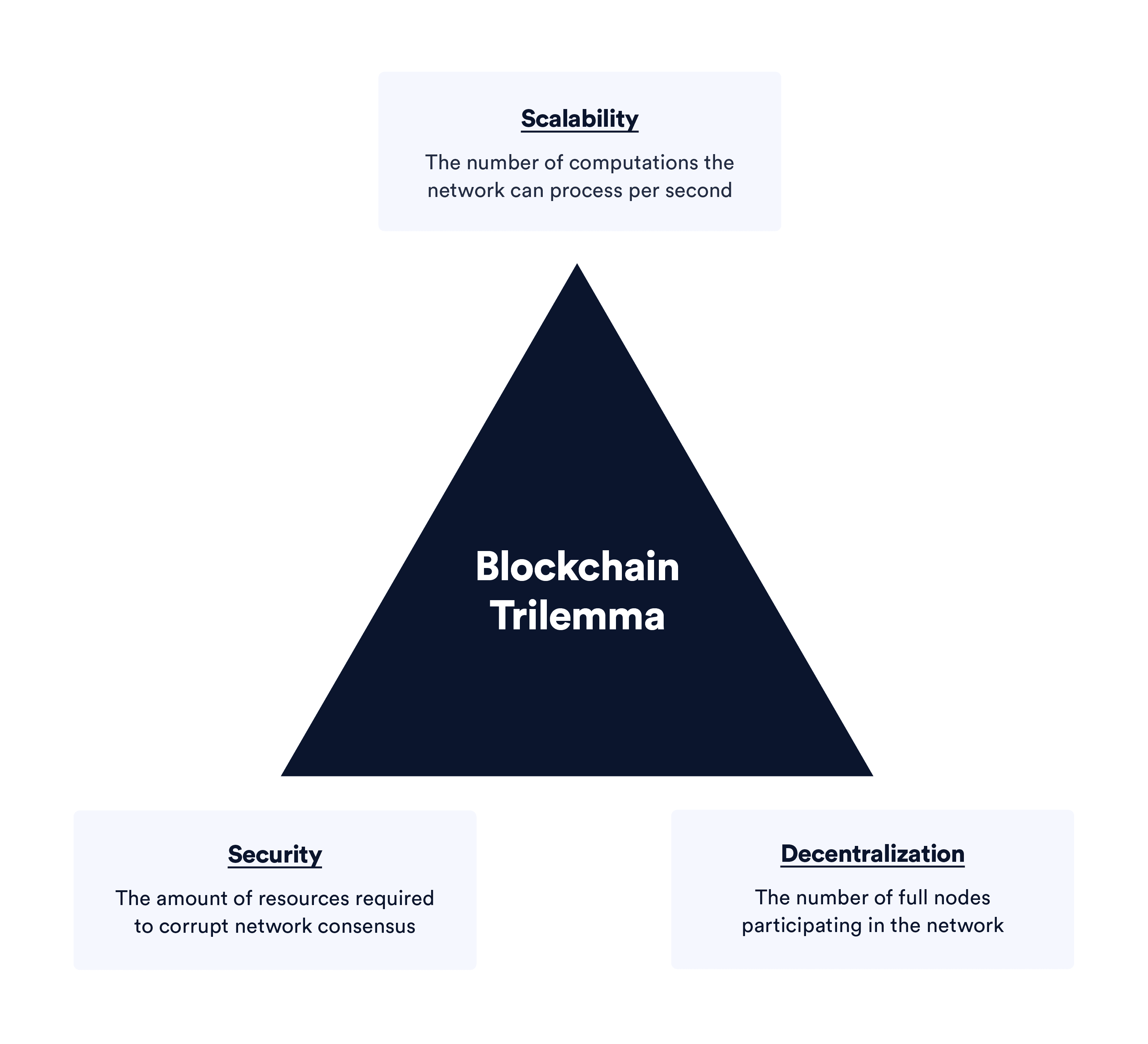
(3) Connectivity and Disconnected Ecosystems
The blockchain landscape is characterized by a diverse array of layer-1 and layer-2 environments that operate independently. Although blockchains serve as a universal backend for games, there exists a disconnection between games built on Ethereum and those on Solana. Players face the inconvenience of using different wallets, and there are limited options to seamlessly communicate across different blockchains.
This issue bears some resemblance to the fragmentation seen in traditional gaming ecosystems, where players need distinct accounts for platforms such as Steam or Epic. However, the root cause of this problem differs. Traditional gaming ecosystems often foster closed systems due to inherent incentives, whereas blockchain games are inherently more open. The primary challenge lies in the absence of robust cross-chain infrastructure, although numerous development teams are actively addressing this gap.
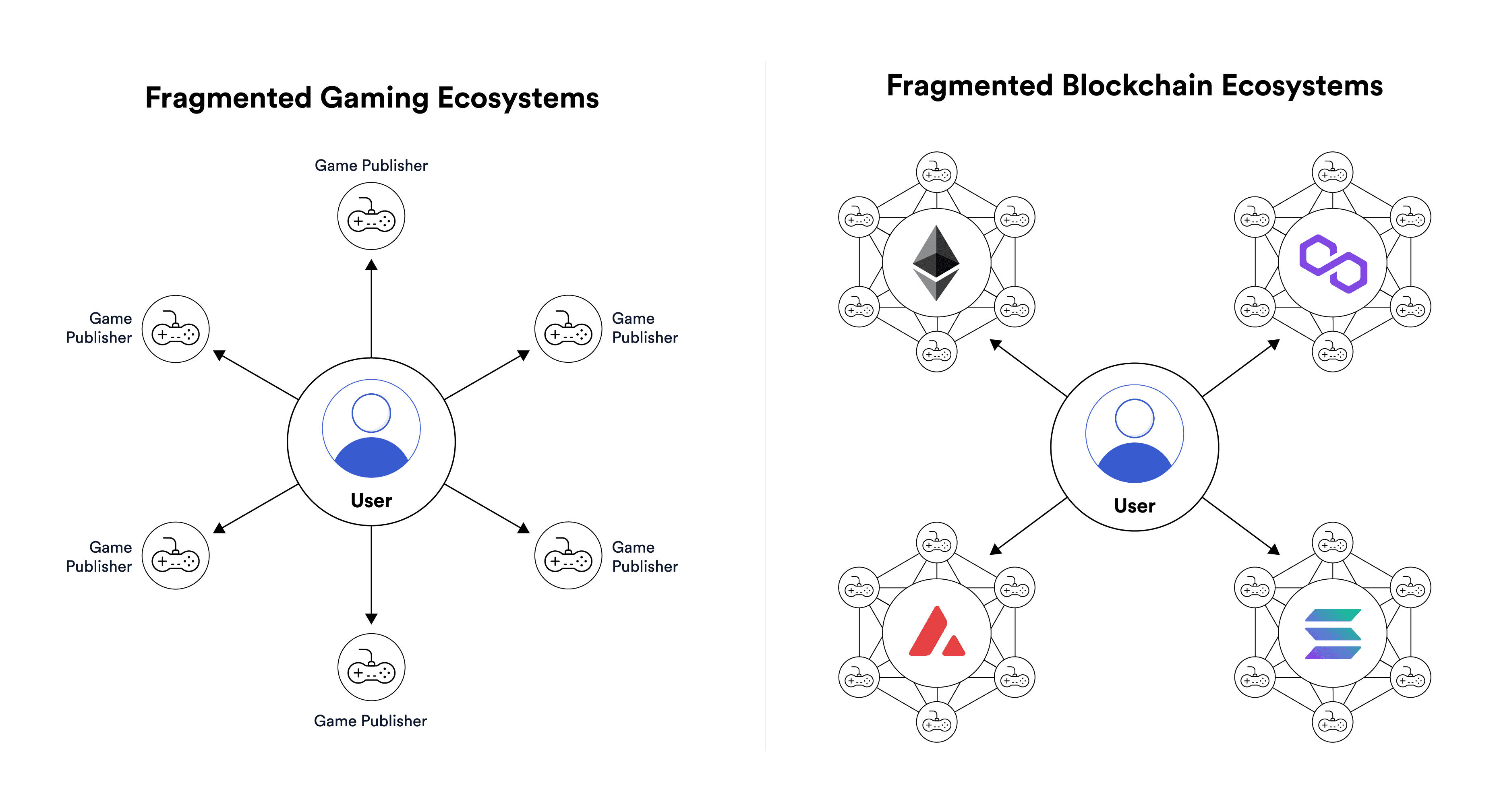
Solutions to Blockchain Gaming?
In spite of the existing constraints and difficulties, the development of blockchain games continues to progress. Ongoing efforts are dedicated to resolving technical issues, and the groundwork for managing cutting-edge blockchain games is steadily emerging.
(1) Wallet Account Abstraction
Wallet account abstraction aims to enhance the player's wallet experience by eliminating the need for constant transaction signing and, in certain instances, covering transaction fees by the application itself. This is particularly beneficial for the seamless movement of digital assets, ensuring that players are not overly aware of the blockchain technology they are using.
(2) Blockchain and Layer-2 Scalability
Advancements in blockchain scalability and the introduction of layer-2 environments are pivotal in overcoming computational barriers, providing a high-throughput web3 gaming experience. This eliminates issues such as prolonged network congestion and high fees, significantly improving the overall player experience.
(3) Blockchain Oracles
Blockchain oracles, exemplified by industry leader Chainlink, offer development services that enhance the efficiency, transparency, and seamlessness of web3 games. By enabling blockchains, wallets, and smart contracts to perform tasks beyond their native capabilities, Chainlink infrastructure contributes to making blockchain games more interoperable and rewarding.
(4) Cross-Chain Interoperability
The Cross-Chain Interoperability Protocol (CCIP) is an open-source framework in development, facilitating communication between blockchains and layer-2 environments. This protocol unlocks a universal environment for blockchain games, allowing seamless transport of digital assets across different blockchains and enabling unified player identity and logins.
Digital assets can be transported seamlessly from one blockchain to another, player identity and logins can be all-encompassing regardless of the blockchain in use, and cross-chain smart contracts enable game publishers to leverage each blockchain for their individual strengths (i.e., scalability, data storage, security, decentralization, etc.)
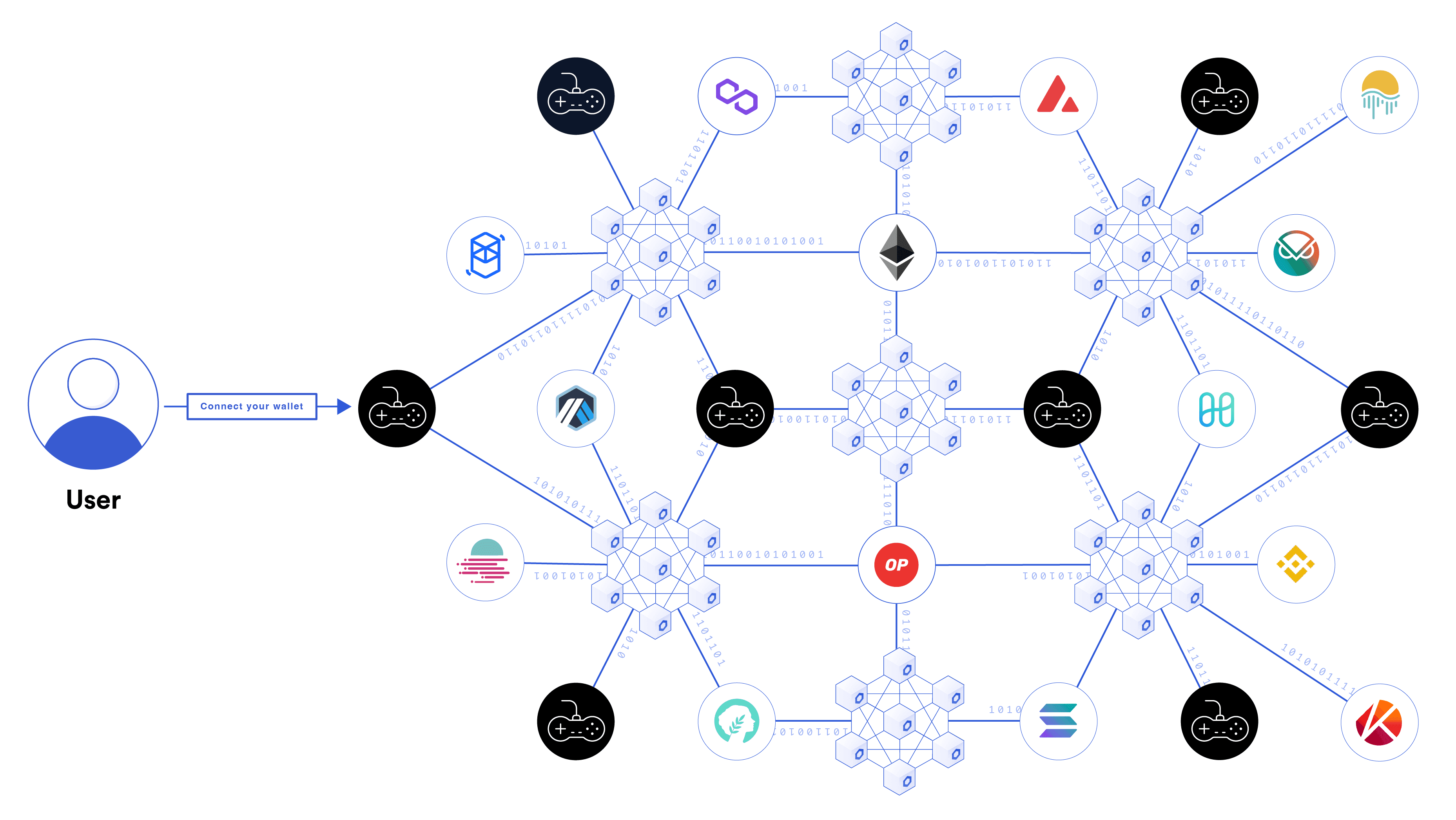
(5) Verifiable Randomness
Chainlink Verifiable Random Function (VRF) provides blockchain games with an auditable form of randomness, ensuring transparency and fairness. Comparable to a machine inspecting dice for weight and balance in traditional craps, VRF allows blockchain games to incorporate a standard of randomness, enhancing various in-game functions.

(6) Automation
Smart contract automation is crucial for improving the crypto gaming experience, eliminating the need for manual transaction signing and fee payments during gameplay interruptions. Chainlink Automation addresses this limitation by allowing game developers to autonomously execute transactions, enhancing the overall gaming experience and bringing blockchain games closer to mainstream acceptance.
Final Thoughts
Connectivity, Ownership, and Empowerment
Enhancing connectivity, ownership, and empowerment is the promise that blockchain technology and the broader concept of web3 bring to our increasingly digitalized world. At its essence, blockchain gaming fulfills the same functions as traditional games. Players are drawn to games for various reasons, ranging from the relationships they build and goals they pursue to the captivating virtual realms they can explore.
The fundamental idea behind cryptocurrency gaming is that these gaming experiences can be elevated. Through web3, we have the potential to craft expansive and more interconnected digital environments, granting players autonomous ownership of their accomplishments. Moreover, players can actively contribute to the games they have invested significant time, dedication, and effort into, creating a more meaningful and participatory gaming ecosystem.
This article was inspired by an original blog post from Chainlink, you can read the full post on their website here for more information.

